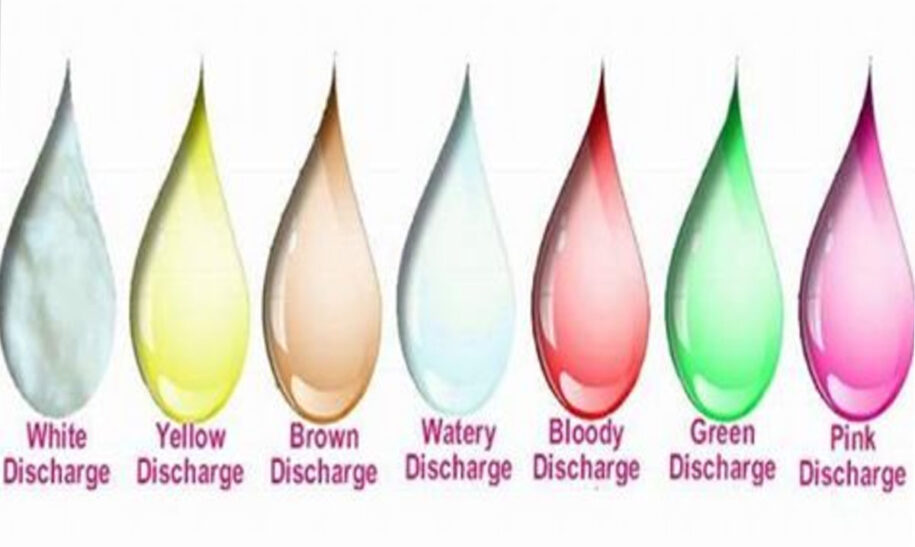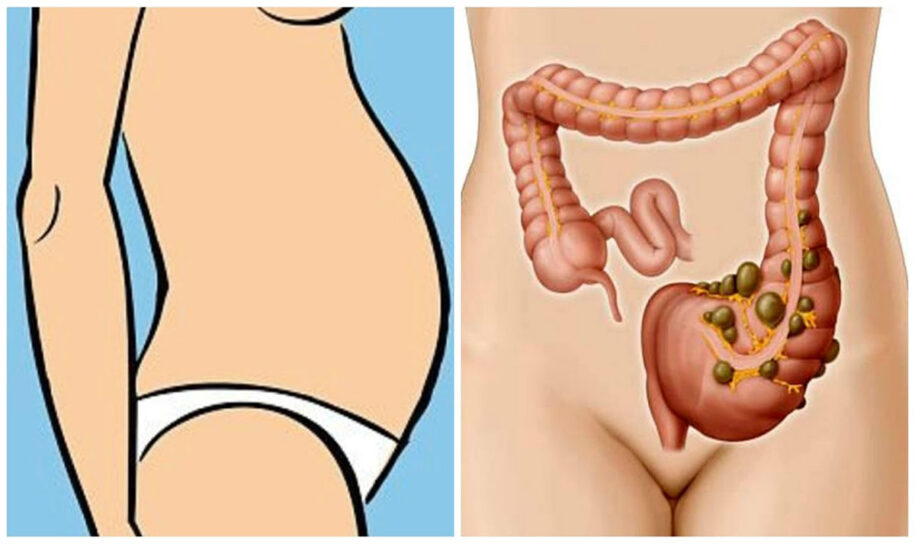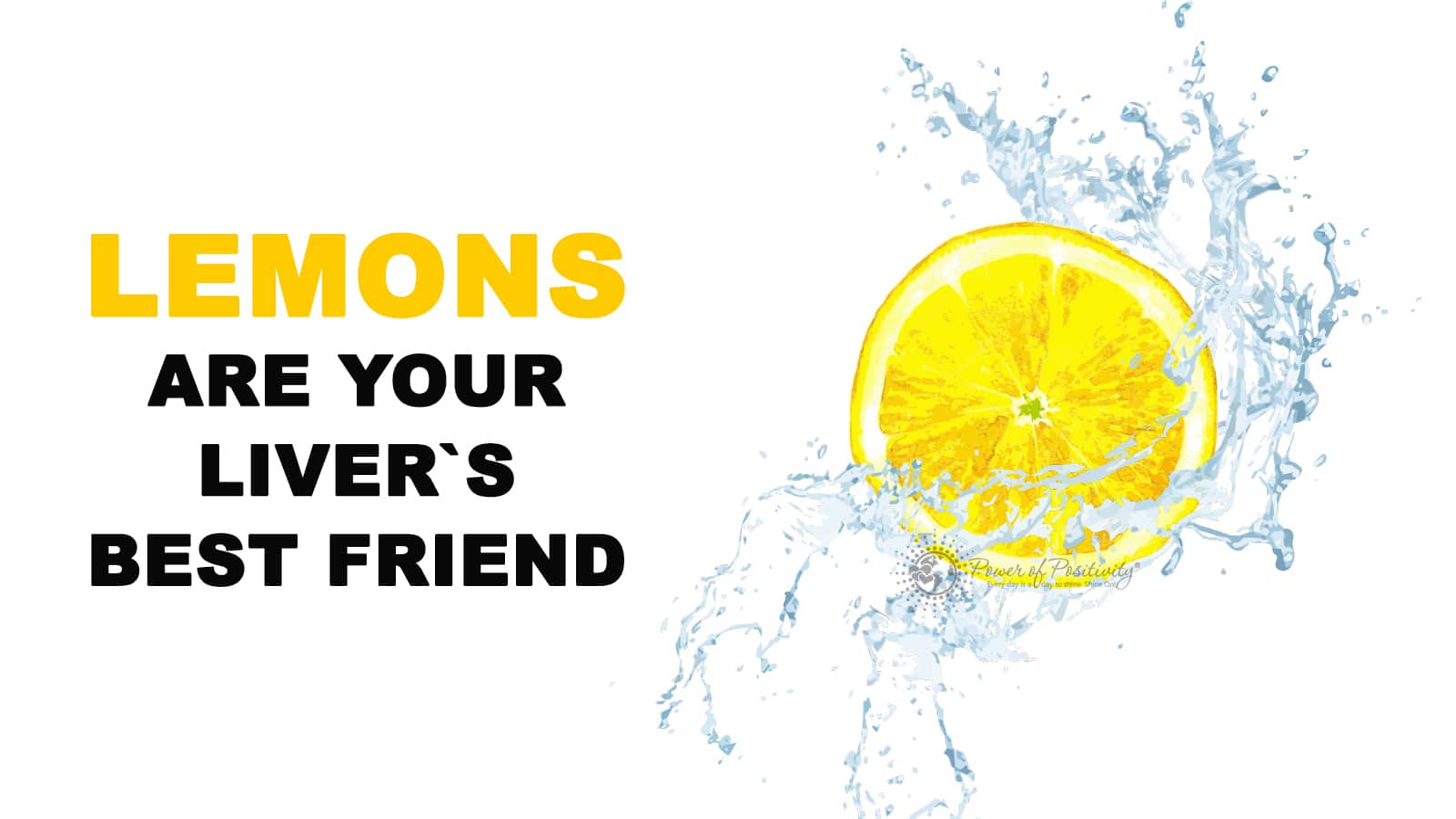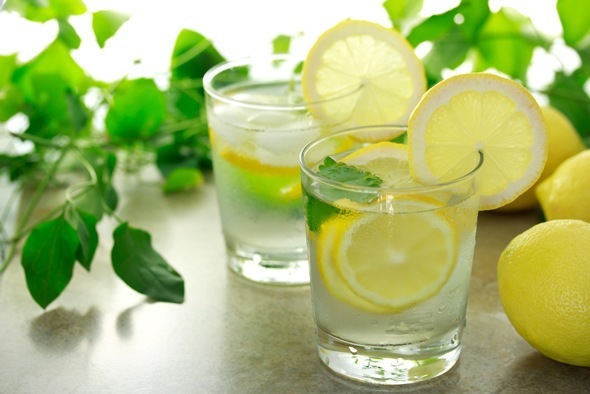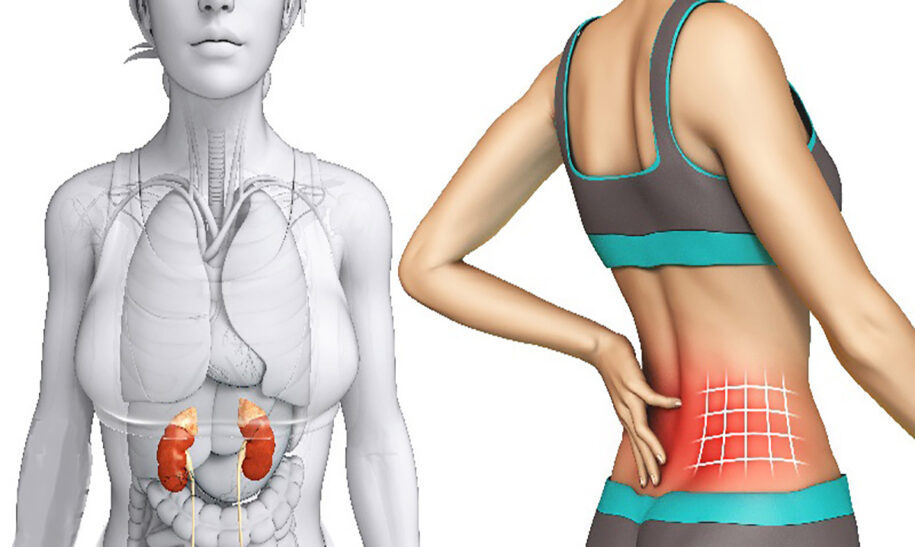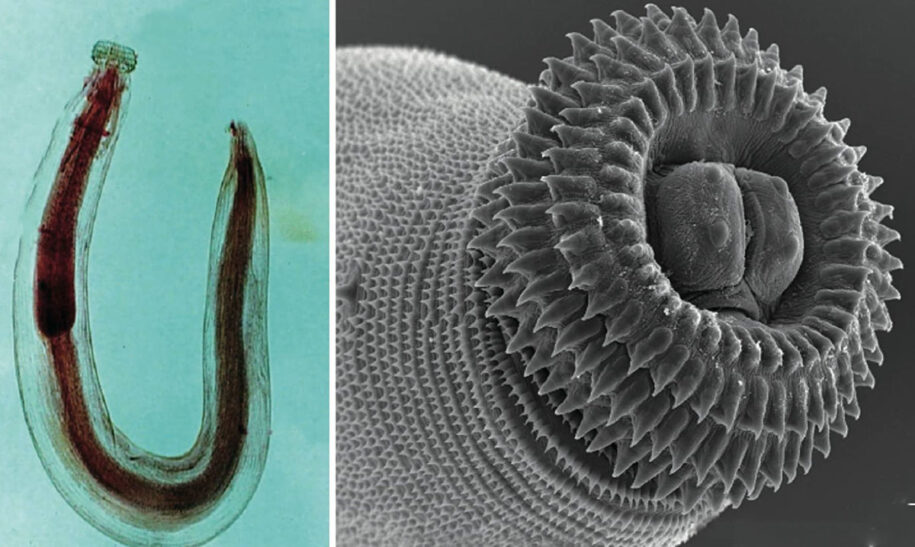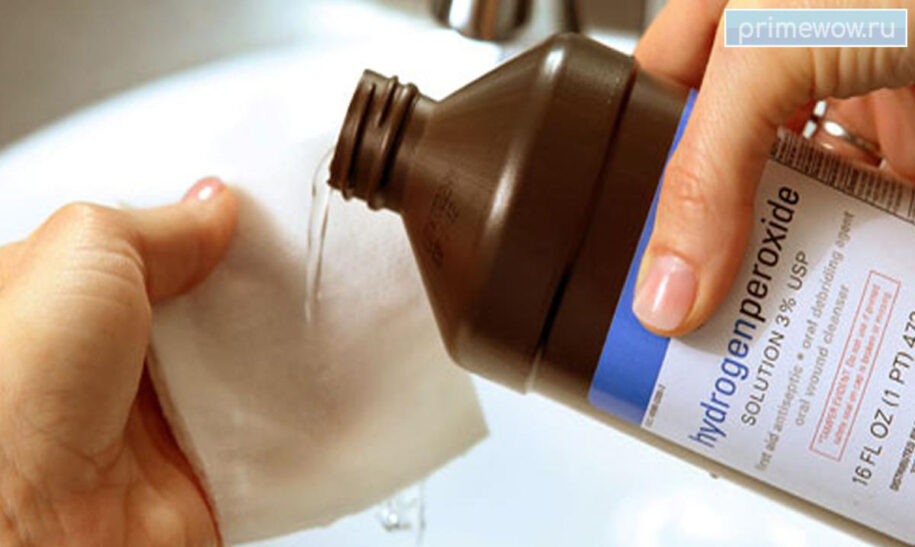
65 Reasons Why You Should Always Have A Bottle Of Hydrogen Peroxide At Home
Hydrogen peroxide is something that you should always keep in your house. It is extremely useful and can be a complete lifesaver from time to time.
Hydrogen peroxide, chemical compound H2O2, is the only germicidal agent composed of only water and oxygen. It kills disease organisms by oxidation and can eliminate some of the most detrimental germs. It is one of the best cleaning agents to use, and it can also be used for wounds. Applying a little hydrogen peroxide over a wound will kill all the bacteria and pathogens that pose risk for infection.
Hydrogen peroxide kills microorganisms by oxidizing them – much like a burning process. It reacts with organic material and breaks down into oxygen and water. That means that it is nontoxic for humans. It can be used to clean cuts and infections, rejuvenating bath water, killing fungi, and more.
 Here’s the complete list of 65 reasons you should always have hydrogen peroxide in your house:
Here’s the complete list of 65 reasons you should always have hydrogen peroxide in your house:
1. Disinfect Small Wounds
Hydrogen peroxide is a natural anti-septic, therefore one of its most common uses is to clean wounds to prevent infection.
2. Bleach Your Hair
Because it is more gentle than household bleach, hydrogen peroxide is also great for lightening hair.
3. Just Add Highlights
To get a classic “sun-bleached” look, simply spray hydrogen peroxide over damp hair and let it soak in for 10 – 15 minutes before rinsing out.
4. Whitening Toothydrogen peroxidase
Mix baking soda and hydrogen peroxide to make a homemade took hydrogen peroxidase that will also remove stains from teeth when used daily.
5. Antiseptic Mouth Rinse
Use a cap full of hydrogen peroxide as a mouth rinse to help whiten teeth and kill germs that cause bad breath.
6. Disinfect Toothbrushes
Soak toothbrushes in hydrogen peroxide to kill staph bacteria and other germs common to the bathroom environment.
7. Whiten Your Nails
Soak fingertips and toes in hydrogen peroxide to naturally whiten your nails.
8. Clear Up Acne
Use hydrogen peroxide as a face rinse to kill the bacteria that cause acne and help clear your complexion.
9. Help Heal Boils
Pour half of a bottle (about 8 ounces) of hydrogen peroxide into warm bath water and soak to treat boils.
10. Soften Corns & Calluses
Mix equal parts hydrogen peroxide and warm water to make a foot soak that will naturally soften corns and calluses.
11. Remove Ear Wax
Put a couple of drops of hydrogen peroxide into ears, wait a minute or two, then follow up with a couple of drops of olive oil. Wait another minute, then drain fluid from ears to remove ear wax.
12. Prevent “Swimmer’s Ear”
Mix equal parts hydrogen peroxide and vinegar in a small dropper bottle. Put several drops in each ear after swimming to prevent infection.
13 .Relieve Ear Infections
Put 6 – 8 drop of hydrogen peroxide in each ear to alleviate symptoms and help clear up an ear infection.
14. Kill Sub-dermal Parasites
Apply hydrogen peroxide to skin affected with mites or other parasites to kill them naturally.
15. Treat Foot Fungus
Combine equal parts hydrogen peroxide and water in a dark colored spray bottle (light exposure weakens hydrogen peroxide) and apply to skin affected by foot fungus each night to stop fungal growth.
16. Clean Tile Surfaces
Spray hydrogen peroxide directly onto tile to remove dirt and stains.
17. Whiten Grout
Mix hydrogen peroxide with white flour to create a thick paste. Apply to grout and cover with plastic wrap overnight. The next day, simply rinse with water for whiter grout.
18. Clean Toilet Bowls
Pour about half a cup of hydrogen peroxide into toilet bowls and let it soak for at least 30 minutes to clean and remove stains.
19. Remove Tub Scum
Spray hydrogen peroxide on soap scum, dirt, and stains in the bathtub. Let it sit for at least 30 minutes then rinse to loosen grime and make cleaning easier.
20. Control Mold & Mildew
Spray hydrogen peroxide on areas where mold and mildew are present to stop fungal growth and remove discoloration.
21. Clean Glass Surfaces
Spray hydrogen peroxide on dirty mirrors and other glass surfaces to loosen dirt and grime. Wipe away with a clean, lint-free cloth.
22. Disinfect Countertops
Spray hydrogen peroxide on kitchen and bathroom countertops to clean and disinfect.
23. Soak Dishrags & Sponges
Drop dirty rags and cleaning sponges into hydrogen peroxide and let them soak for 15 – 30 minutes to disinfect.
24. Disinfect Cutting Boards
Spray hydrogen peroxide on cutting boards to kill germs and bacteria from raw meat and other foods that may have soaked into the surface of the board.
25. Wash Fruits & Vegetables
Spray fruits and veggies with hydrogen peroxide and let soak for a minute or two before rinsing in clean water to remove dirt, wax, and other contaminants.
26. Clean Your Refrigerator
Spray hydrogen peroxide around the inside of your refrigerator and let is soak for a few minutes. Then wipe away with a clean cloth to remove food and disinfect.
28. Remove Organic Stains
Mix two parts hydrogen peroxide with one part dish detergent and apply to organic stains (coffee, wine, blood, sweat, etc) to remove them.
29. De-Funk Musty Fabrics
Mix hydrogen peroxide with white vinegar and soak musty fabrics to remove unwanted odors.
30. Clean Rugs & Carpets
Spray hydrogen peroxide onto light-colored carpets and rugs to remove stains from mud, food, etc. Just remember that hydrogen peroxide will bleach some fabrics. You may want to test this technique in an inconspicuous area first.
31. Refresh Re-useable Bags
Spray hydrogen peroxide inside your re-useable cloth shopping bags to clean, disinfect, and remove food odors.
32. Disinfect Lunchboxes
Spray hydrogen peroxide into lunchboxes, coolers, and cooler bags. Let it sit for a few minutes then wipe away to clean and disinfect.
33. Cleanse Dehumidifiers
Add a pint of hydrogen peroxide to one gallon of water and run the solution through humidifiers to disinfect and remove any mold or mildew that may be growing inside.
34. Improve Seed Germination
Soak seeds in hydrogen peroxide to remove fungal spores and increase germination rate. For more on using hydrogen peroxide to start seeds, check out this great article from Dave’s Garden.
35. Keep Your Shopping Bags Fresh
Spraying the shipping bag with some hydrogen peroxide and letting it work for a couple of minutes helps disinfect the dirty bag and remove bad odors.
36. Improve The Germination Of Seeds
Soak the seeds in hydrogen peroxide prior planting them in order to remove fungal spores that may impede their germination.
37. Thoroughly Clean Your Humidifier
Add a pint of hydrogen peroxide and a gallon of water to the humidifier in order to disinfect it and remove mold and mildew. In turn, the humidifier will run cleanly and smoothly.
38. Clean Tile Surfaces Better
Tile surfaces accumulate stains and dirt over time, which are often difficult to remove. The good news is that spraying hydrogen peroxide onto tiles is an effective way to get rid of them.
39. Clean The Toilet
Pour half a cup of hydrogen peroxide into the toilet bowl and let it work for half an hour before scrubbing. This simple trick helps disinfect the bowls and remove any stains.
40. Make Grout Whiter
Mix a 35% hydrogen peroxide with white flour to create a paste. Cover the grout with the paste and let it work overnight. Rinse it off in the morning!
41. Get Rid Of Soap Scum In The Sink Or Bath Tub
To eliminate soap scum fast, spray the surface with 35% hydrogen peroxide and leave it on for half an hour. Once loosened, wipe it away and rinse.
42. Say Goodbye To Mold
Some of the best health agencies in the world recommend using 3% hydrogen peroxide to remove mold. Simply spray the mold with the solution and leave it on for a few minutes before scrubbing it using a sponge.
43. Clean Glass Better
Spray the glass surface with a hydrogen peroxide to loosen grime and remove the dirt more effectively. It is recommended to wipe the surface using an old newspaper.
44. Clean Kitchen And Bathroom Counter
To clean and disinfect the kitchen and bathroom countertops, simply spray some diluted hydrogen peroxide onto them and let it sit for a couple of minutes before wiping it off.
45. Remove Stains From Stone Countertops
Mix some hydrogen peroxide with white flour to create a paste, which should be applied directly onto the stain. Wrap the surface in plastic and let it work overnight. Clean it up in the morning.
46. Remove Collar Stain
Spray the collar with a solution made of one part liquid detergent and two parts hydrogen peroxide. Let it work for a couple of minutes before putting it to wash.
47. Remove Wine Stains
Mix equal amounts of hydrogen peroxide and liquid detergent. Then, pour the solution on the stain and remove it using a clean cloth.
48. Easily Kill Mites
Spray the mites with hydrogen peroxide to get rid of mites efficiently. Repeat the procedure a couple of times, if needed.
49. Improve Your Plant’s Root System
Interestingly, watering the plants with a mixture containing one part hydrogen peroxide and 32 parts water helps improve the roots of the plants.
50. Clean Your Mirror Exceptionally Well
Spray the mirrors with hydrogen peroxide and wipe away with an old newspaper to make them exceptionally clean.
51. Make Short Work Of Armpit Sweat
Mix two parts of hydrogen peroxide with one part of dish detergent and apply onto the stains. Soak them for a couple of minutes before putting them to wash.
52. Disinfect Sponges And Dishrags
Soak the sponges and dishrags in hot water and two caps of hydrogen peroxide for half an hour. This simple trick helps clean and disinfect the super dirty sponges and dishrags.
53. Disinfect Your Cutting Boards
Spray the cutting boards with hydrogen peroxide after each use and leave them like that for a couple of minutes. Rinse them with clean water afterwards.
54. Wash Fruits
Did you know that fruits and veggies are often covered in dirt and wax? To remove them, simply spray them with hydrogen peroxide and then rinse them off with clean water.
55. Clean Your Refrigerator
To clean your refrigerator thoroughly, spray it down with hydrogen peroxide and leave it like that for a few minutes. Then, wipe everything down using a clean cloth.
56. Remove Stubborn Foods
Mix hydrogen peroxide and baking soda to create a paste that should be scrubbed onto the foods spots. Let it work for a few minutes before scrubbing it with warm water and sponge.
57. Clean Kid’s Toys
To keep your kid`s toys clean, spray hydrogen peroxide onto them and wipe them down with a towel. Another option is to wash them in a solution of water and cup of hydrogen peroxide.
58. Brighten Curtains And Table Cloth
You can either wipe down the yellow sections with a cloth soaked in hydrogen peroxide or add a cup of hydrogen peroxide to your wash.
59. Prolong The Freshness Of Your Vegetables
Add ¼ cup of hydrogen peroxide to a sink filled with cold water. Soak the veggies in this solution for about half an hour before rinsing them. When done, pat dry with clean towel and store them in the refrigerator to prolong their freshness.
60. Enjoy A Fresher Salad
To keep your salad fresh longer, add a tablespoon of food-grade hydrogen peroxide to half a cup of water. Then, spray the mixture onto the salad.
61. Add In Your Enema Water
Add a tablespoon of hydrogen peroxide to four cups of water.
62. Get Rid Of Canker sores
Swish a capful of hydrogen peroxide around your mouth for about ten minutes. This simple trick helps get rid of the stubborn canker sores.
63. Gain Control Of A Yeast Infection
Add two capfuls of hydrogen peroxide inside of your douche once or twice weekly.
64. Treat Animal Wounds
Animal wounds can be treated the same way as human wounds. Simply dab the hydrogen peroxide directly onto the affected area.
65. De-mold Plants
To de-mold your plants, simply spray them down with 3% hydrogen peroxide.


